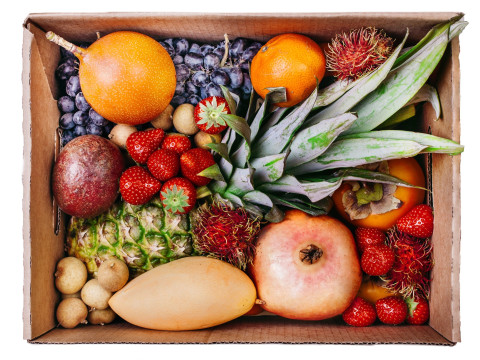The difference between an ordinary farmer and a precise one is in the specific numbers. One applies fertilizers "by eye", the other knows how much nitrogen is in each square meter of the field. One sows the same everywhere, the other adjusts the rate depending on the fertility of the plot. The result? Up to 30% resource savings and 15-20% higher yield.
Five metrics separate farm management from data management. It is their control that allows you to call yourself a precision farmer without exaggeration.
Soil density
Soil density directly affects root development, water permeability, and aeration. Over-compacted areas reduce yield by 15-30%, as roots cannot develop normally and water stagnates on the surface.
Why is this important:
- Determines the availability of nutrients to plants.
- Affects the water regime of the field.
- Allows you to identify problem areas for differentiated cultivation.
How to monitor. Using penetrometers to map soil resistance, analyzing data from sensors on equipment during cultivation, satellite imagery to detect plant growth anomalies.
Soil moisture
Humidity is a key factor in making decisions about irrigation, fertilization, and field work timing. Deviation from optimal values by even 5-10% can lead to crop loss or additional reseeding costs.
Why is this important:
- Determines optimal sowing and harvesting times.
- Allows you to save water during irrigation.
- Affects the effectiveness of fertilizer and pesticide application.
How to monitor. Stationary soil moisture sensors at different depths, mobile mapping systems, satellite data analysis to assess plant stress levels.
Seeding rate
Uniform sowing with the optimal rate on each section of the field is the basis of the future harvest. Over-sowing of seeds by 10% means direct financial losses, and under-sowing means a shortfall in harvest.
Why is this important:
- Provides optimal crop density.
- Saves expensive seed materials.
- Reduces competition between plants in fertile areas.
How to control: Calibrating seeders before starting work, using real-time seeding control sensors, analyzing seeding maps to detect gaps or overlaps.
Fertilizer application rate
Differential fertilization is the heart of precision agriculture. Different parts of a field have different fertility, and uniform application leads to overuse of resources in strong areas and underuse in weak areas.
Why is this important:
- Reduces fertilizer costs by 15-25%.
- Prevents environmental pollution due to excessive application.
- Increases the profitability of each hectare.
How to control: Agrochemical soil analysis with reference to GPS coordinates, creation of application maps based on data from previous years, use of variable rate application systems on spreaders and sprayers.
Uniformity of processing
Skipping, overlapping and uneven application create problems throughout the season. Even a 5% overlap in application of pesticides means overuse of expensive products and possible phytotoxic effects.
Why is this important:
- Eliminates untreated areas where weeds and diseases develop.
- Prevents overspending of materials on floors.
- Increases the overall efficiency of all operations.
How to control. Parallel driving and autopilot systems on the tractor , control of spreader and sprayer sections, analysis of coverage maps after work is completed.
Precision farming is a system where every indicator is important and interconnected. By controlling soil density and moisture, seeding and fertilizer rates, and even tillage, the farmer gets a complete picture of the state of his farm.






















